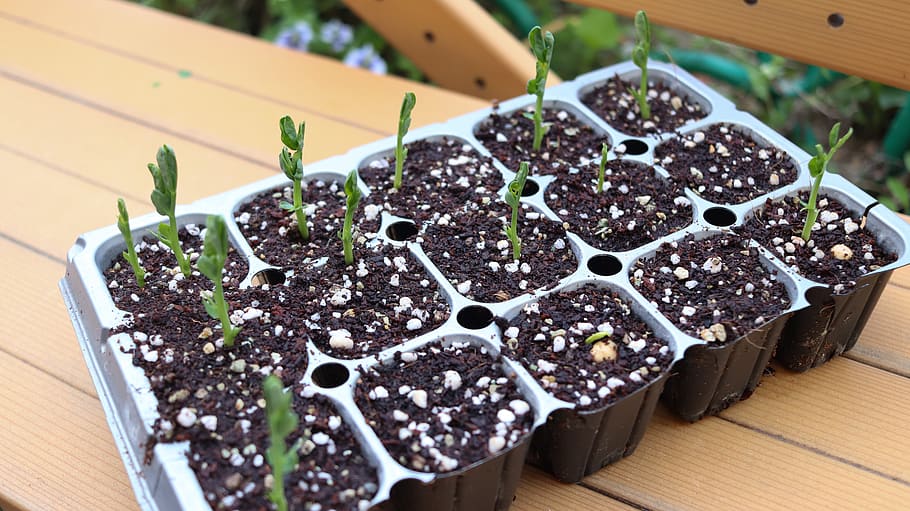Growing Peppers Indoors – Guidelines & Tips
Growing peppers indoors can be a great way to get your hands on some fresh produce right from your own home. Peppers are a relatively easy vegetable to grow indoors, and they can provide a steady source of fresh, flavorful vegetables throughout the year. Follow these guidelines and tips below to get started on your journey to growing your own peppers indoors.
Choose the Right Pepper Variety
When it comes to growing peppers indoors, it’s important to choose the right type for your environment. Bell peppers are a great choice for indoors as they are relatively low-maintenance and do not require as much light or warmth as other varieties. Some smaller hot pepper varieties, such as jalapeño or cherry peppers, are also suitable for indoor growing. Choose a variety that best suits your flavor preferences and how much care you’re willing to put into your plants.
Create an Ideal Growing Environment
Creating an ideal growing environment for your peppers is key to successful indoor pepper gardening. Peppers need plenty of sunlight and warmth in order to thrive. Given that natural sunlight doesn’t come through the windows of most homes, you’ll likely need to use grow lights or fluorescent fixtures to give your plants the light they need to grow. A thermometer placed inside the room where you’re growing your peppers is also a good idea to help maintain the ideal temperature for your plants.
Adequately Water and Fertilize
Making sure that your peppers get the water and fertilizer they need is also essential for successful indoor pepper growing. Water your plants regularly and make sure the soil stays moist, but not soggy. Fertilize your peppers at least once a month or as needed. If you’re unsure of the best fertilizer to use, a good all-purpose fertilizer should do the trick. Lastly, mulching around your plants can help to retain moisture in the soil and keep the roots of your plants cool.
Pest and Disease Control
Pests and diseases can be a big problem when it comes to growing peppers indoors. Keeping your plants well-ventilated can help to reduce the risk of diseases, and using natural methods such as neem oil and yellow sticky traps can be effective for controlling pests. It’s also important to inspect your plants regularly for signs of pests or diseases and act quickly if any are found. Finally, make sure your garden is kept clean and tidy to prevent the spread of pests or diseases to other plants.
Harvest and Store Your Peppers
Once your peppers have grown to a suitable size, you can start harvesting them. Harvest your peppers when they’re ripe, usually when the peppers show signs of slight wrinkle or are firm to the touch. To store your peppers, you can keep them in the refrigerator for up to a week or pickle them for a longer shelf life. Drying peppers is also an option for longer storage.
With these guidelines, you’re ready to start your own indoor pepper gardening journey!
Growing peppers indoors can seem intimidating at first, but with the right planning, you’ll soon be enjoying the rewards of your own homegrown peppers. Hopefully these guidelines and tips have given you an idea of what it takes to get started. With dedication and the right care, you’ll soon be harvesting peppers of your own!



